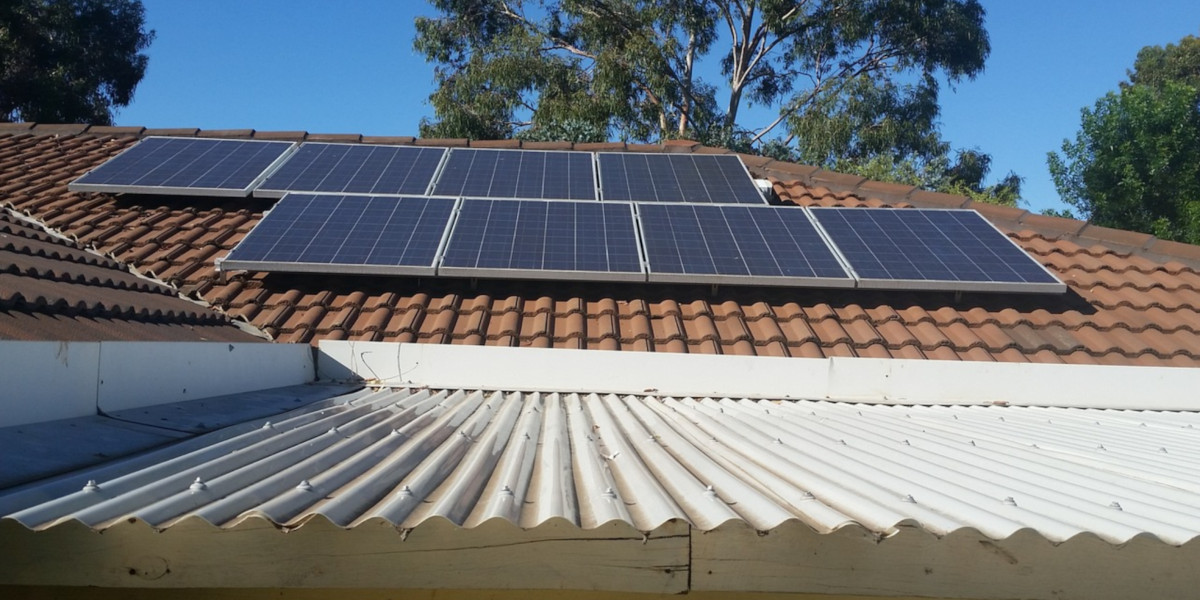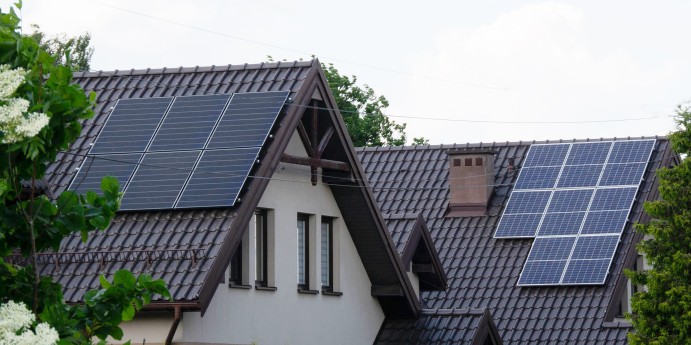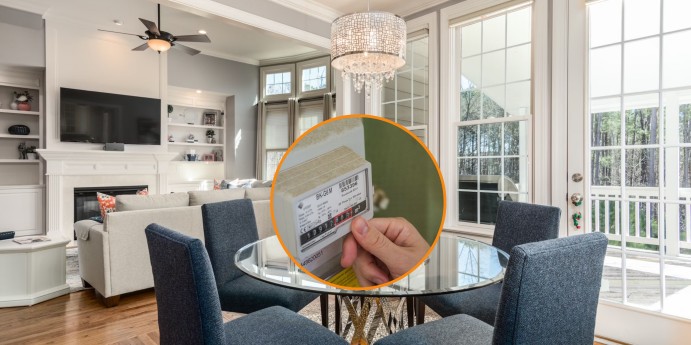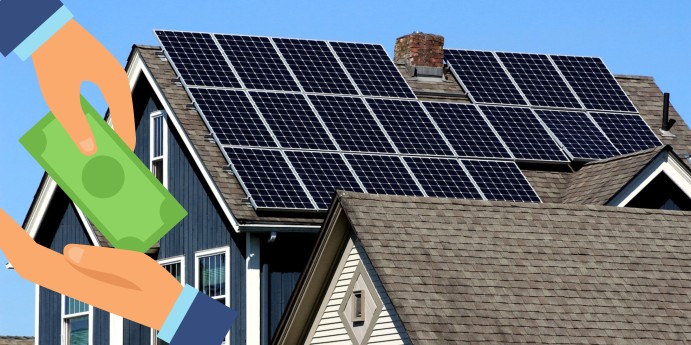With the continuing environmental crises, the trend towards renewable energy, especially solar, has been going upwards. Many options still exist, however, and the question stands: is it really the best choice? To truly understand the benefits and disadvantages of having solar panels, let’s explore what it’s like to have solar installed on your roof and look at real-world experiences.
Installation Process
Let’s say you have already consulted with one of our Solar Energy Experts, provided them with your monthly electricity bill, and are following through with the next steps. What happens next?
Site Assessment
A solar professional will go to your house and take a look at your roof, inspecting its suitability, exposure to sunlight, and the additional energy needs your house might require.
Permitting
This step involves completing the paperwork. Expect that you will be applying for permits for solar incentives that are available in your state or area. Good news, the Solar Energy Expert that you talked to will be able to take care of this process for you, so sit back, relax, and prepare for installation day.
Mounting the Panels
After all the permits are done, installation will commence. Before this, your Energy Consultant and you would have already agreed on positioning and the number of panels to put up, and you would have seen a rough image of how it would look on your roof. Well, on this part, that image will finally come to life! The installers will secure a metal frame onto your roof to support the panels. It usually looks like a metal rack that will hold the panels in place. The solar installers from your chosen manufacturer will then carry the panels up and securely fasten them to the rack.
Wiring and Inverter Installation
Once the panels are in place, the electrical work begins. The installers will wire the panels into your electrical system. This is also when the inverter is installed. In order for your system to participate in net metering and reconnect with the grid, the collected energy needs to be converted from DC to AC, which is the role of the inverter.
Inspection and Approval
The team will perform several safety checks, and an inspector will visit to ensure that everything is on track and follows safety codes.
Activation, Connection, and Monitoring
Once the inspector gives your solar system a thumbs up, you are good to go. Most likely, your Solar Expert will have already connected you to the grid, allowing you to immediately participate in net metering. You will be able to monitor your system through convenient apps that your provider will also orient you on. Through these apps, you’ll be able to assess your electric consumption.
The entire process can take a while, from a few weeks, to a few months, depending on how big and complex your planned system is, but once you are already part of the solar movement, be ready to see a significant reduction in your bills, especially when it’s sunny outside!
Environmental Advantages and Energy Independence
As a renewable energy source, solar can reduce your household’s reliance on fossil fuels and reduce your carbon footprint. Not only that, but you will also be minimizing your reliance on the grid. There are net metering programs that will allow you to give your surplus electricity back and offset your bills. In New York, for example, there are VDER policies where your electricity bills are reduced in months when you don’t produce enough solar energy, like during the winter.
Policy and Tax Incentives
Many states in the US offer rebates and tax credits for homeowners wanting to switch to solar energy, which can greatly reduce total costs. Solar panel prices have gone up and down over the years, but a downward trend is expected in 2024 due to the increasing demand. The Federal Solar Tax Credit, also known as the Investment Tax Credit is a federal incentive that gives homeowners a 30% tax credit for the cost of installing a solar panel system, which also includes labor and material costs. Additionally, states like New York, New Jersey, and Connecticut also have their own tax breaks, which can be combined with the Federal Solar Tax Credit for bigger savings.
Increased Property Value
Solar panels are a long-term investment with a typical lifespan of 20 years. When it’s time to sell your home, solar panels will give them an advantage especially with their growing popularity, and for the same reasons why you may have chosen to get them in the first place–increased energy savings and tackling climate change!
High Initial Cost
There’s no denying that cost is a valid drawback, since solar panel installation requires a high upfront cost. However, with federal efforts and state initiatives, prices have significantly gone low, and are on a trend downward according to Forbes. There are also programs that offer financial assistance for residents in low-income neighborhoods. These programs can make solar power a more accessible option for a wider range of residents. Solar farms and community solar make this possible.
Specific Roof Requirements
Talking to a Solar Professional will help you know more about your roof’s current state and suitability, but simply put, roofs need to be in a specific orientation to be qualified for solar installation. Ideal roofs must face either south or southwest for maximum sun exposure. Roof materials like slate might also be denied, but it will still depend on your initial appointment with a consultant if you will need new roofing or modifications.
Seasonal Variability
Since it uses the sun as its one and only resource, during cloudy days, and especially in winter, solar power input goes significantly lower. However, you can combat this by getting a battery system to store your electricity, shifting your use during not-so-sunny days, and net metering. If you are connected to the grid, the net metering program will allow you to earn credits for surplus electricity that you give to the grid, and these credits can be used in the winter when you are producing less.
Storage Cost
Batteries can cost a fortune on top of your solar panel costs, which might be a hard choice to make. However, it allows you to become energy independent and not rely on the grid during cloudy days. If you have a sizeable storage system, and you are mostly at work during the day, this will also allow you to use solar energy completely during the night, and might even be able to power your AC.
Shading Matters
Perhaps you have a tree in your home that covers your roof, or maybe that tree is outside your property but is affecting how the sun hits your roof. This is a lesser-known factor, but should still be considered before getting solar panels installed. Usually, your Solar Energy Expert will be able to assist you if there are trees that need to be pulled or trimmed.
Cleaning, Maintenance, and Snow
Generally, solar panels require very low maintenance. Snow will reduce the power you generate, but Once the snow piles up on the glass, it will slide right off!
Overall, having solar panels offers long-term benefits with a relatively smooth process, thanks to efforts done by the government along with solar companies to ensure a worry-free transition towards renewable energy. If you think solar is the right fit for you, come and avail your FREE consultation from one of your Solar Energy Experts here at SunLife Solar and live the solar life with us!
To book your appointment, reach out at +18334786669 or visit SunLife Solar. SunLife Solar offers a 25-year warranty on our solar panel installation, ensuring you receive a long-term, sustainable solar energy solution.
Sources and Links:
 833-478-6669
833-478-6669



